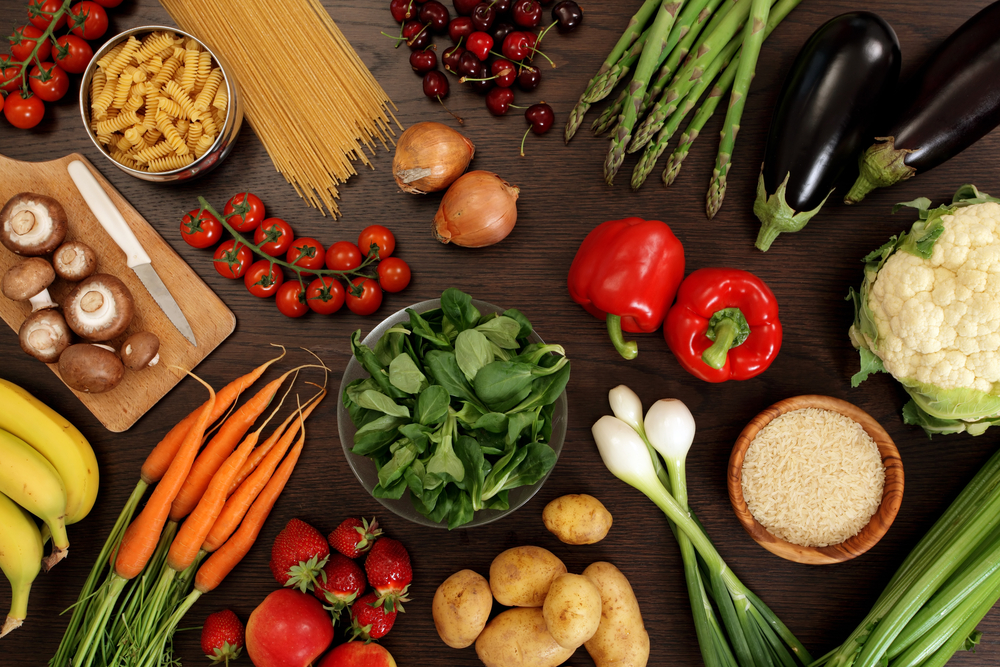For tackling climate change, we need major lifestyle changes. That means changing how we source and produce our food. The food we produce and buy is responsible for 60% of global nature loss. But, we personally can make efforts to source better food. Greening our food is healthy for us and the planet.
Globally the food we eat contributes over a third of total greenhouse gas emissions. That is nearly 19 times that of the commercial airline industry. So, greening our food can make a difference.

Commitment from supermarkets
Now, the CEOs of five major UK supermarkets have committed to slashing their impact across climate, deforestation, and nature. Working with the Word Wildlife Fund, they are leading the way for the whole food retail sector. As a result, halving its overall impact on the natural world by 2030. We must keep them to that promise.
These supermarkets alone reach more than 50% of UK food shoppers. So, their commitment will help millions of UK families make their weekly shop greener. Healthy food, protecting vital landscapes and species worldwide. Greening our food.
Global food sector responsible for more than 30% of total climate emissions and 60% of nature loss
wwf.com
The global food sector is responsible for more than 30% of total climate emissions and 60% of nature loss. So, agricultural and land use are major sources of greenhouse gas emissions.
Increasing demand for food
The human population has quadrupled over the last century, increasing the demand for food. The UN estimate food production will need to increase by a massive 70% by 2050. Unless we change the nature of the food we eat, this will destroy our planet. It is unsustainable. Greening our food is necessary.
Global trade driving emissions
Global trade (import and export) forms a significant part of the greenhouse gas emissions from food. But, by far, the largest (57%) of these emissions is from animal-based food production, with 29% for plant-based food. Rice (12%) and beef (29%) form the largest contributors. So, how we source our food can make a big difference.
International trade is driving the greenhouse emissions of our food consumption. The expansion of agricultural land is predominantly by converting vital natural vegetation, such as forests. This has the twin effects of GHG and habitat destruction of a vital absorber of GHGs.
So, we see a massive expansion of agricultural land in tropical regions fueling global warming. The price is habitat loss for our tea, coffee, bananas, citrus fruits, palm oil, rubber, sugar cane, and animal fodder. Do we ever pay the true cost of our food?
Greening our food means producing locally, but that means changing our eating habits.

